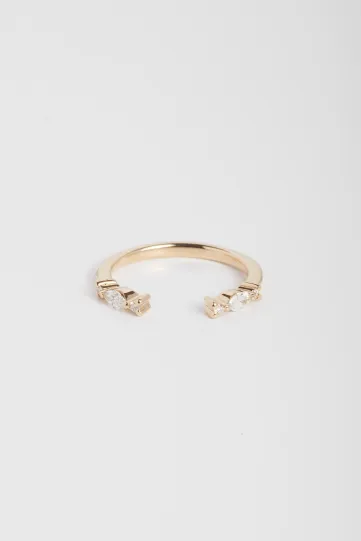
Anne S
Gold and diamonds ring
€3,095.00












